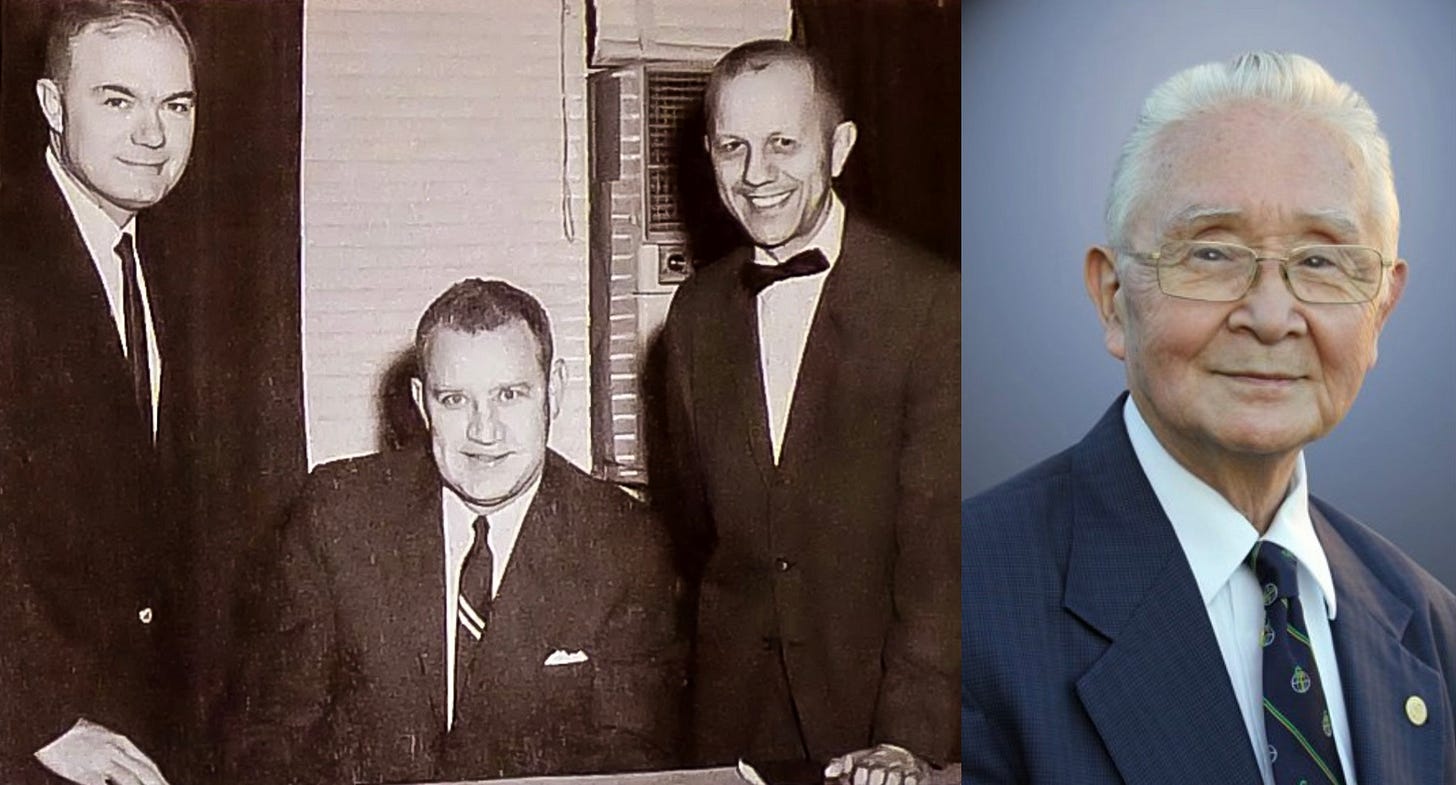Crime Scene Forensics: Comparing the Autopsies of RFK and JFK
What the new and old images of assassination tell a criminal investigator

One of the more confusing and controversial decisions regarding the declassification of assassination materials by the Trump Administration came last month with the full disclosure of several thousand pages of records on the assassination of Robert F. Kennedy. The release included 18 photographs from the late senator’s autopsy.
The public release of images, approved by Robert F. Kennedy Jr., drew pained criticism from other members of the Kennedy family. Even supporters of the declassification of government secrets wondered how to strike a balance between personal privacy and the public’s right to know. Nevertheless, the question of whether the RFK autopsy photos should have been released is now moot. They are now in the public domain.
The primary utility of the release of such grisly images is in facilitating further examination of the quality of investigative practices depicted by the RFK autopsy photos, especially in comparison with the flawed autopsy and photographs of President John F. Kennedy.
Police Photography 101
The purpose of taking crime scene photos — be it of a burglary, vehicle collision, homicide, etc. — is to provide visual documentation of the investigation, to support the reports of the officers and detectives, and, if needed, to serve as evidence in court proceedings. In general, the more photographs the better.
Autopsy photographs are an extension of a homicide crime scene. In some instances, and when applicable (i.e., when a body is pronounced dead at the scene), photos are taken of the deceased at the scene of the crime and later at the autopsy. This provides an even more detailed view of the totality of a crime. I will expand on the RFK and JFK autopsy photographs later in this article.
Keep reading with a 7-day free trial
Subscribe to JFK Facts to keep reading this post and get 7 days of free access to the full post archives.




